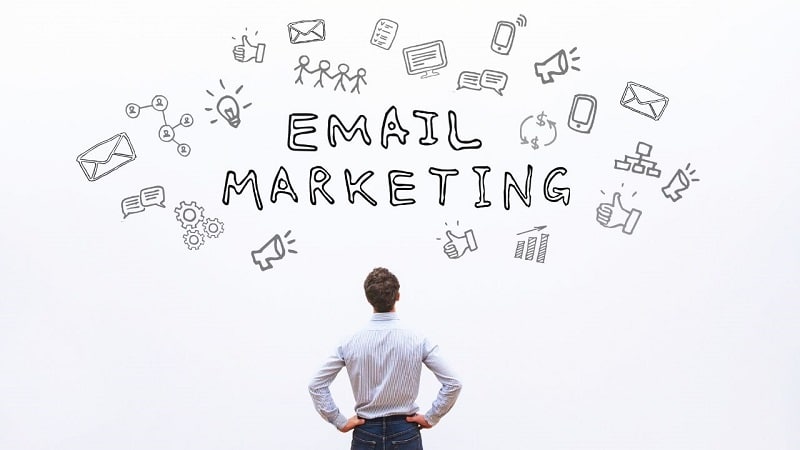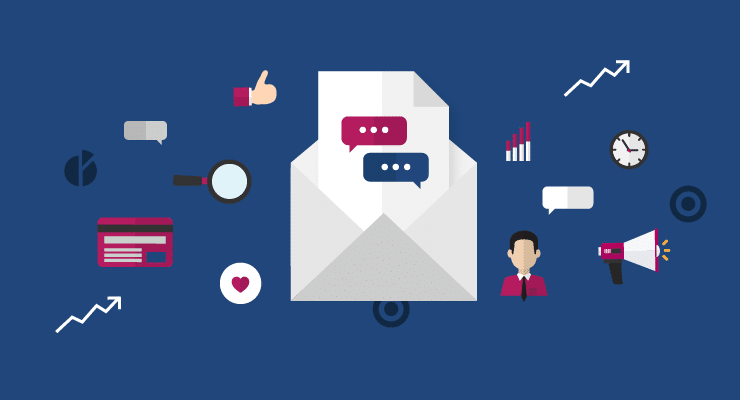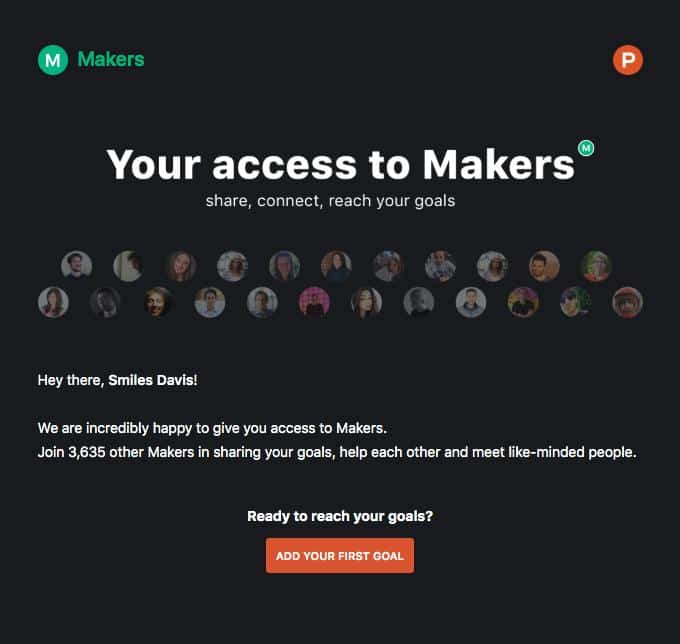
The campaign is king in today's marketing environment. Marketers develop a promotion or offer, send a promotional message to a relevant section of their audience, and hope for the best.
While you can make one-off campaigns productive and profitable in many ways in the near term, determining the campaign's long-term impact and effectiveness can be difficult.
Marketers need a better approach to consistently reach customers with messages that relate to them if they want to create long-term relationships with them and drive sustainable growth. What is the solution? Messaging that is based on behavior.
Here’s my mini-guide to help you understand the basics of behavioral email marketing. Based on my experiences at an email marketing services company, here's what's possible (like increasing your CTR by 152%!) and how you can implement behavioral email marketing:
What Is Behavioral Email Marketing

Behavioral email marketing is a trigger-based, customer-centric communications strategy that allows you to give immediate value to customers based on their activities. Customers dictate what emails they receive through their behaviors, as opposed to traditional campaigns, where the marketer decides what messages to send.
It's a technique that helps the marketer support the discussion while allowing customers to control when, where, and how frequently they receive emails.
The evident advantage of behavioral email marketing is that you can reply to critical client moments quickly and automatically, providing highly contextualized value for a better customer experience.
4 Common Leverage Actions
Marketing automation tools can track client activities and send out emails as a result. Conversions, new registrations, app and site activity, and location activity are four basic actions you can use in your approach. Here's a quick rundown of each of the four, along with some examples:
#1 Conversions
When a consumer makes a purchase or completes another conversion event, it's typical to email receipts, shipping confirmations, event reminders, and more. These emails round up the conversion process by introducing more content, goods, and experiences to keep clients interested.
Here's an example from Uber:

Uber gives a receipt to customers after they have completed a ride. This email is critical for three reasons: 1) customer costs and accounting, 2) customer service support and ratings, and 3) reinforcing Uber's value offer.
#2 New Registrations
As you may be aware, a customer’s onboarding is a crucial part as it’s the beginning of a conversation. When employing a new registration trigger, the all-important “Welcome Email” is the greatest place to start like in the below example:

For instance, your email can answer many frequently asked questions new users could have. This will reassure them that you'll treat the permissions they've been granted with respect.
#3 App And Website Usage
You should keep track of and respond to high-value actions in your app and website. A consumer abandoning their shopping cart is an example of an event you may use to guide them down the path to making a purchase. Viewing category landing pages, rating the app, earning loyalty points, enrolling a credit card, and more are all popular use cases. For example, Product Hunt leverages the activity of a connection as a hook to entice users back to their site:

#4 Location Activity
Triggering messages when a person enters, leaves, or resides in a location opens up a world of possibilities for creating experiences tailored to the specific needs of a consumer in a certain location. You can grasp the context of certain areas and personal ties to frequented places (such as homes and workplaces) by adding a layer of data enrichment, which is vital for location-specific messaging.
To Get Started With Behavioral Email, Here Are Six Steps
So now you're familiar with the fundamentals and advantages of behavioral email marketing. We know you're eager to get started, so here are six suggestions you can put into action right now:
#1 Onboard Both Parties
Set up a welcome email for new clients who finish registration to help them grasp the value of your app or site. You, too, can get onboarded with their preferences by allowing them to choose what they want to see in your emails in the future.
#2 Educate And Evaluate
Maintain your relationship with your new consumers by giving them information that improves their overall experience with your brand or provides additional useful information about your product. Continue the conversation with individuals who may require additional information by sharing tips, industry news, or newly announced features. Use email metrics to understand what excites them and consistently try to add more value in that direction.
#3 Nudge And Segregate
To recoup the revenue that has been lost, encourage consumers to return to their abandoned shopping carts or critical actions with personalized marketing that emphasizes the product's or action's value. Also, figure out if they make purchases in this manner to segregate serious buyers from window shoppers.
#4 Remind And Take Cognizance
Be the hero of your users. You can notify them when their free trial is about to expire, or their storage space is running low, or their favorite product is out of stock, and more. Earn their trust while also providing value. Use their responses as a base for your email strategy.
#5 Notify
Keep your audience's attention by using messages to alert them to interesting events. Have they recently completed a challenging level? Did a friend of theirs make a post that they'd be interested in? Notify them!
#6 Request For Feedback
Provide options for customers to provide feedback after they complete a certain activity so that you can continue to improve their experience with your brand. Keep surveys easy, provide incentives to encourage higher completion rates, and recognize and appreciate individuals who participate.
Final Thoughts
No matter if you are an email marketing services company or a business, get started with emails; behavioral email marketing is always going to be tricky.
Focus on the process of evolving with your subscribers, keep your eyes and ears open because there's no sure-shot strategy to win except evolving at their pace.










